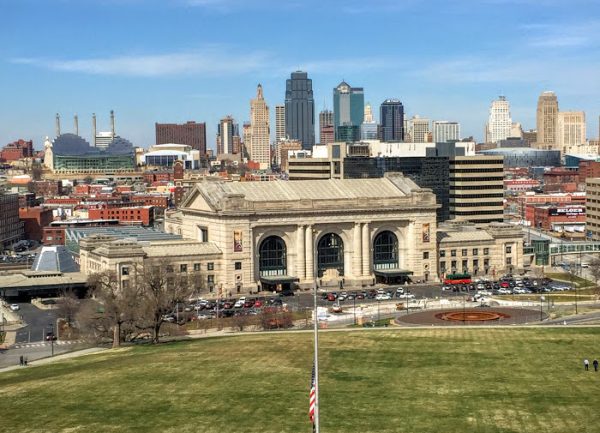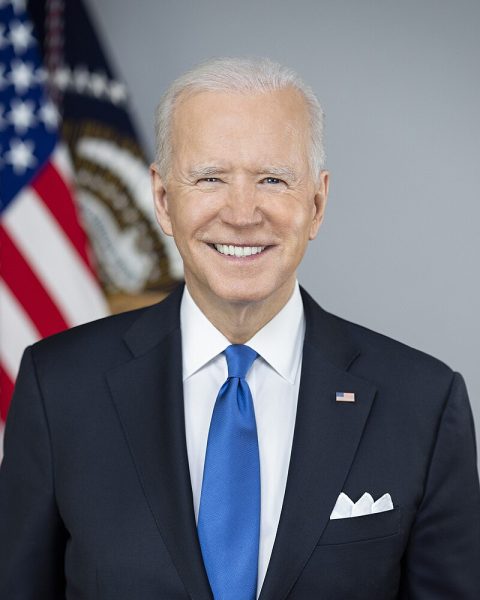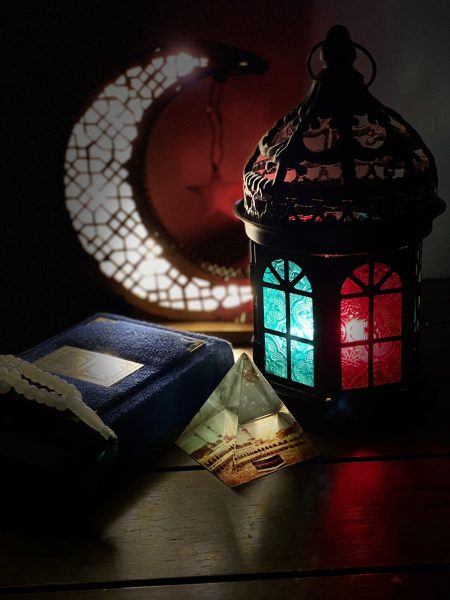U.S. Incarceration Rate Second Highest in World
The U.S. has the one of the highest rates of incarceration in the world. According to the 2015 World Prison Population List from the Institute for Criminal Policy Research, the U.S. incarcerates 698 people per 100,000, a rate higher than every other country other than Seychelles.
In 2015, the U.S. incarcerated almost 25 percent of the world’s prisoners despite having only 5 percent of the world’s population, according to numbers from the World Prison Population List and the U.S. census Bureau.
Despite the disparity, the U.S. does not have significantly higher crime rates than other countries. Many experts believe mass incarceration accounted for by the fact that the U.S. criminal justice system is highly politicized. Many of the positions in the criminal justice system, such as judges and sheriffs, are elected positions. However, others argue that policies created by legislatures lead to higher incarceration rates.
“It is not a matter of people in the criminal justice system being elected that is a problem, the problem is that it is the policies created by state and federal legislatures, they make the laws.” said Associate Professor of Criminal Justice Will Pizio. “The folks in criminal justice agencies just implement the laws.”
The roots of today’s high incarceration rates go back to the late 1960s and 1970s. To be seen as “tough on crime,” President Richard Nixon declared a “War on Drugs” criminalizing marijuana and crack cocaine. As a result, the U.S. prison population has increased by 700 percent since 1970, meaning one in every 31 adults is under some sort of correction. Advocates of Nixon’s policies argued that drugs were destroying communities and police intervention was necessary for the common good. However, critics argue that the War on Drugs led to a predatory attitude which focused too much on punishing individuals who are already struggling rather than fixing the larger societal issues underpinning drug use.
“It’s been blinding,” said senior Spencer File, a member of Amnesty International. “What do you do when there is a war? What words come to mind? Action. Conflict. They are seeing too many targets, that is the problem. They are not thinking of it in terms of legal strategy, but rather offensive political strategy.”
The high U.S. incarceration rate has led to prison overcrowding. Most inmates are convicted for nonviolent, low-level offenses, which is a key reason the number of inmates is so high. This has serious and devastating consequences on both the individual and the state. There are too many people in jail with little rehabilitation and medical treatment, often resulting in death.
“Over the past 35 years, we have changed our rationale for punishment,” said Pizio. “It moved from rehabilitation to incapacitation which simply means, get them away from us.”
The American Civil Liberties Union writes, “State and local courts have increasingly attempted to supplement their funding by charging fees to people convicted of crimes, including fees for public defenders, prosecutors, court administration, jail operation and probation supervision. And in the face of mounting budget deficits at the state and local level, courts across the country have used aggressive tactics to collect these unpaid fines and fees, including for traffic offenses and other low-level offenses.”
Many activists argue that prison privatization further increases the incarceration rate by raising the financial incentive to incarcerate.
“A lot of the U.S. prison system is privatized, so they are making money off of it,” said senior Amelia Wellman, a member of Guilford’s chapter of Define American. “That in itself gives them incentive to put as many people in prison as they can.”
These tactics prevail, hurting the poor and giving them longer, harsher sentences than the wealthy because of their inability to post bail and hire legal counsel. The Southern Center for Human Rights states that, “The United States Supreme Court in Bearden v. Georgia, 461 U.S. 660 (1983), held that courts cannot imprison a person for failure to pay a criminal fine unless the failure to pay was “willful.” However, this is often ignored by the state government, leaving the poor locked away and forgotten.
One avenue for mass incarceration is the public school system. The American Civil Liberties Union writes, “The school-to-prison pipeline refers to the policies and practices that push our nation’s schoolchildren, especially our most at-risk children, out of classrooms and into the juvenile and criminal justice systems.”
Children’s path to incarceration begins with failing public schools that have inadequate resources and funding. This increases student disinterest and disengagement in school, which encourages student failure and dropout.
Zero-tolerance policies also contribute to the school-to-prison pipeline. The American Civil Liberties Union writes that these policies “automatically impose severe punishment regardless of circumstances. Under these policies, students have been expelled for bringing nail clippers or scissors to school. Rates of suspension have increased dramatically in recent years from 1.7 million in 1974 to 3.1 million in 2000 and have been most dramatic for children of color.” Students, especially poor minority children, are being severely punished and pushed into the system for small infractions of rules.
Mass incarceration disproportionately affects minorities. U.S. News reports that in Boston, “blacks represent less than 1 in 4 of residents but from 2007 to 2010 accounted for more than 3 of 5 field interrogations, observations, frisks and/or searches.” The majority of people serving life sentences are African American, and the American Civil Liberties Union found that the death penalty was far more sought after when there was at least one white victim in the case.
“A lot of people of color are arrested for minor drug possessions like marijuana,” Wellman. “I also do not like the fact that people of color are being targeted.”








